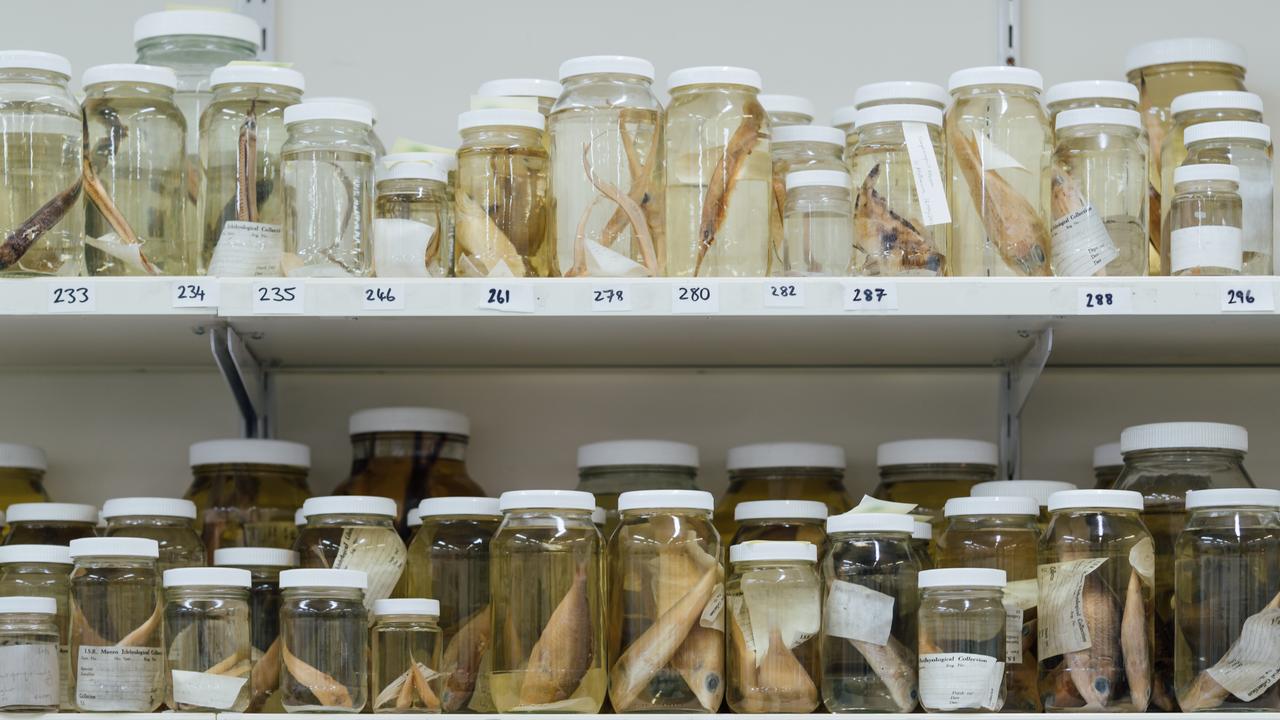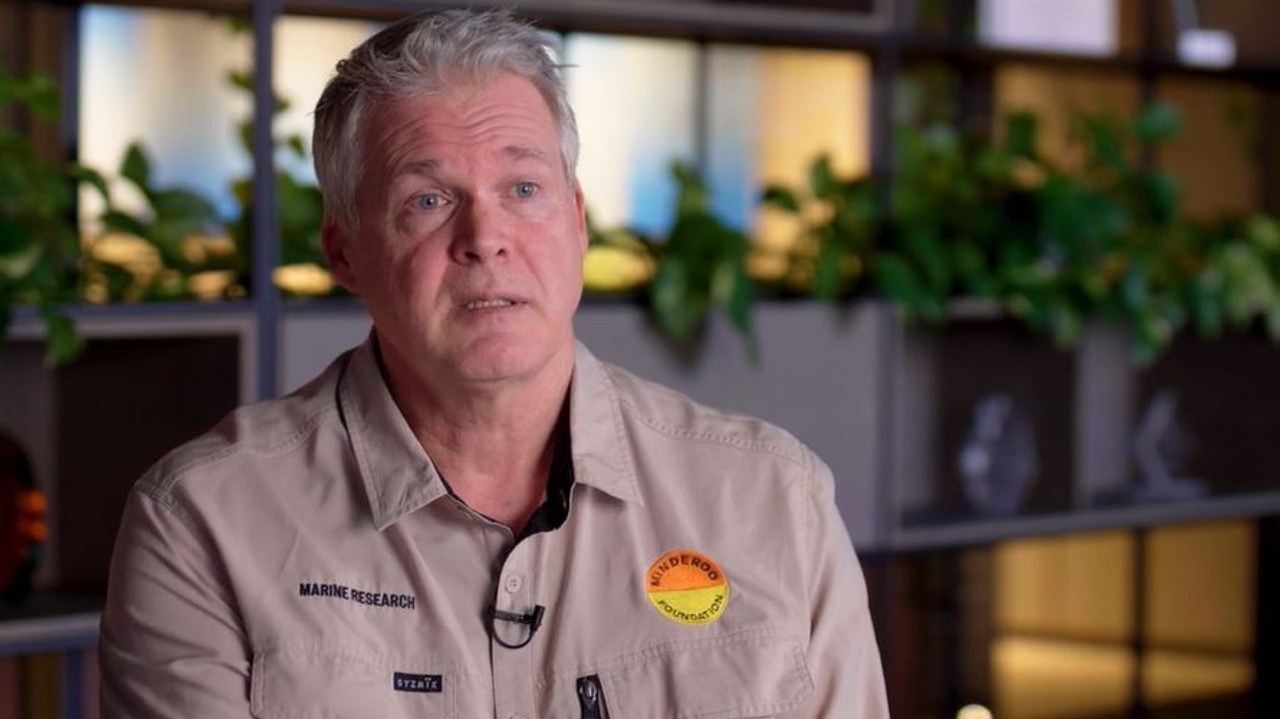CSIRO’s National Biodiversity DNA Library to tag all Australian species
An ambitious new CSIRO project aims to build a complete overview of Australia’s biodiversity, using new technology to create a record of every single plant and animal species we have

READING LEVEL: ORANGE
The DNA* of every single Australian species – plant and animal, marine and land-based – will be catalogued as part of an ambitious new project by the CSIRO*.
The National Biodiversity* DNA Library, announced on Wednesday, will kickstart by classifying approximately 5500 species of fish and other vertebrates* in Australia’s oceans, thanks to environmental DNA (eDNA) analysis being conducted by not-for-profit conservation* organisation the Minderoo Foundation. `
Where individual animals used to be caught, killed and preserved in formaldehyde*, eDNA analysis allows species to be catalogued from traces of DNA they leave behind in their environment – a bit like Covid wastewater* testing.

CSIRO’s project director Dr Jenny Giles said eDNA analysis could potentially revolutionise* biodiversity monitoring.
“Monitoring biodiversity and detecting pests is extremely important, but it’s hard to do, and is
expensive in a country as large as Australia – eDNA surveys could change that,” Dr Giles said.
“eDNA surveys are increasingly being used to detect and monitor species, but only a tiny fraction of Australian species have sufficient reference data available to support this approach. This means most eDNA we collect can’t currently be assigned to a species.”

The Minderoo Foundation’s OceanOmics program director Dr Steve Burnell said eDNA was a “game changer for conservation”.
“eDNA is probably the most exciting tool on the horizon for how we can understand life in the ocean and protect it better,” he said.
The technology could also potentially be used to assess the abundance or scarcity of species, providing data for the conservation and sustainable management of fish stocks, he said.

eDNA could also be used to track “tropicalisation” – the warming of the world’s oceans, leading to the depletion* of some species and the relocation of others, Dr Burnell said.
Cataloguing all 5500 vertebrate species in Australia’s oceans was going to be a “vast task,” but Dr Burnell said the process could also help provide evidence of a species’ survival even if it had not been sighted, or caught on the end of a line, for some time.

“Many of these species are small, they’re cryptic* and not easily observed, so finding them via eDNA can give us some encouragement that they are still there,” Dr Burnell said. “It may still be horrendously threatened … but eDNA could be a very powerful tool for telling us it’s there. Or it could be just as powerful in telling us that (a species is) absent from an area where it once was previously quite common.”
The announcement of the National Biodiversity DNA Library comes a day after Federal Environment Minister Tanya Plibersek released a new Threatened Species* Action Plan, with a goal of zero new extinctions*.

GLOSSARY
- DNA: cell’s hereditary material, unique genetic code containing instructions for development, growth and reproduction
- CSIRO: Commonwealth Scientific and Industrial Research Organisation
- biodiversity: variety of life found in a place or the total variety of life on Earth
- vertebrates: all animals with a spine, also known as a backbone
- conservation: careful protection and preservation of animals, plants and natural resources
- formaldehyde: chemical commonly used to kill germs and preserve laboratory specimens
- wastewater: includes greywater from baths, showers and washing machines, and blackwater from toilets
- revolutionise: to make a big change or improvement to the way something works or is done
- depletion: a loss or reduction in something, the act of using up or consuming something
- cryptic: mysterious and difficult to understand
- threatened species: any species likely to become endangered – at risk of extinction – in the foreseeable future
- extinctions: species that have completely died out and no longer exist
EXTRA READING
Rafting rat starts long journey for Australian mammals
Big bacteria the ‘Mt Everest’ of microbiology
Thor on Tassie tiger de-extinction mission
QUICK QUIZ
- The library will kickstart by classifying how many species of fish and other ocean vertebrates?
- Which organisation is conducting the DNA analysis?
- How was animal cataloguing done in the past?
- What is “tropicalisation”?
- What is the extinction goal in the new Threatened Species Action Plan?
LISTEN TO THIS STORY
CLASSROOM ACTIVITIES
1. What’s the plan?
What do you think would be in the Threatened Species Action Plan? Write at least five actions that you think should be part of the plan.
Time: allow 20 minutes to complete this activity
Curriculum Links: English; Science; Geography
2. Extension
Can you think of other uses for eDNA technology? List as many as you can think of.
Time: allow 10 minutes to complete this activity
Curriculum Links: English; Science
VCOP ACTIVITY
1. News: condensed
Identify the most important pieces of information in this article and write a condensed version of it using 50 words or less.
Draw a picture or diagram to support your condensed news story.
Time: allow 25 minutes to complete this activity
Curriculum Links: English; Science

